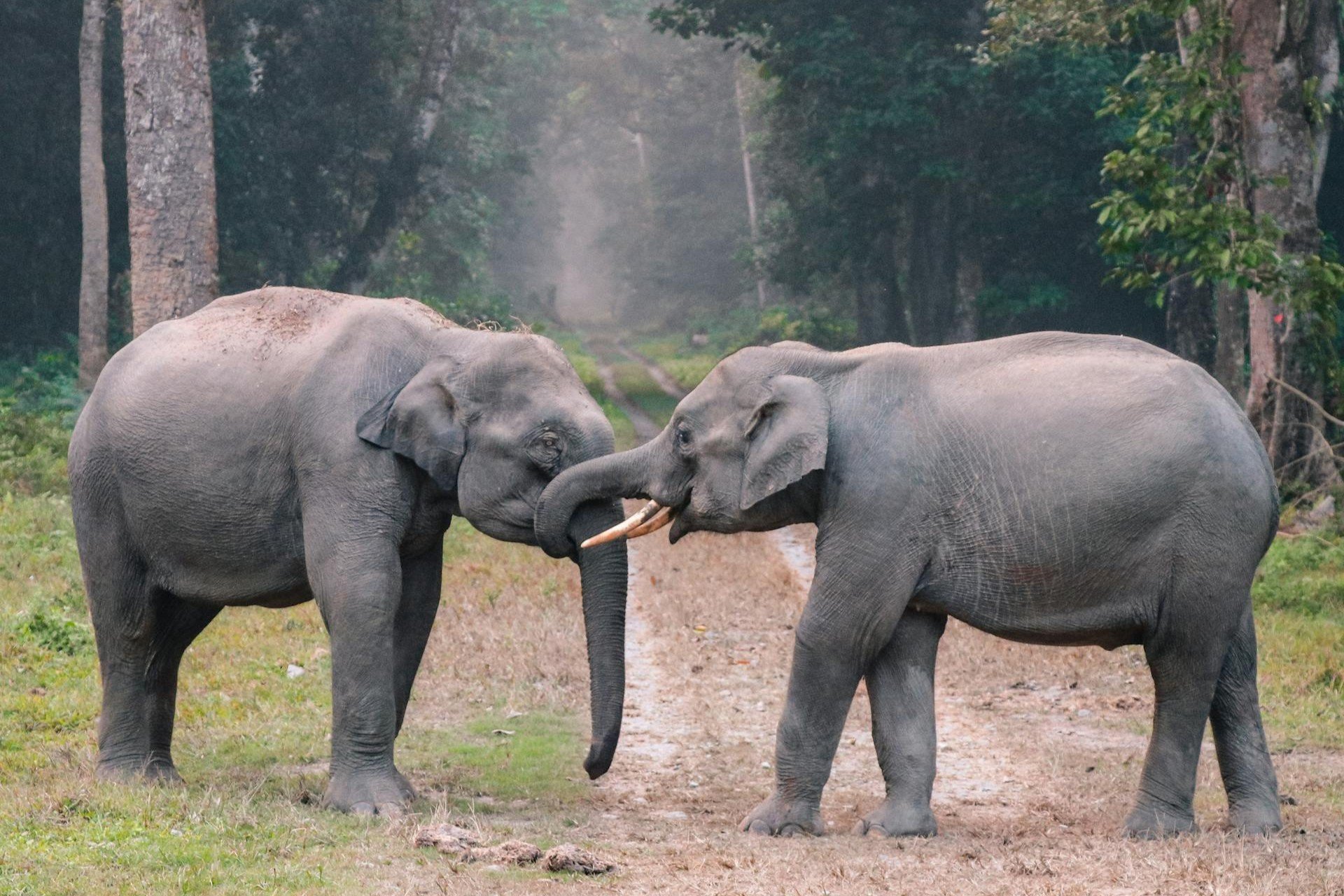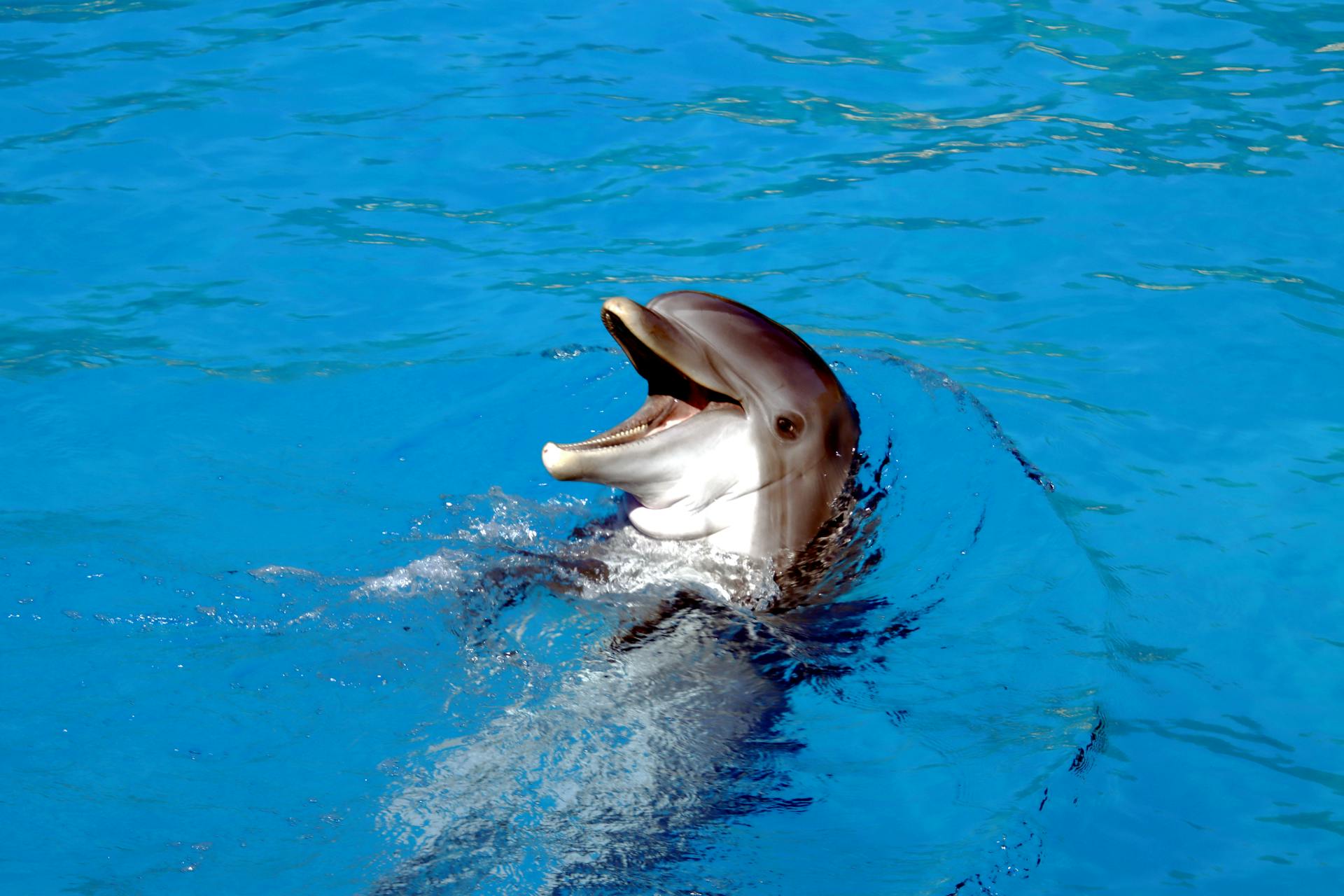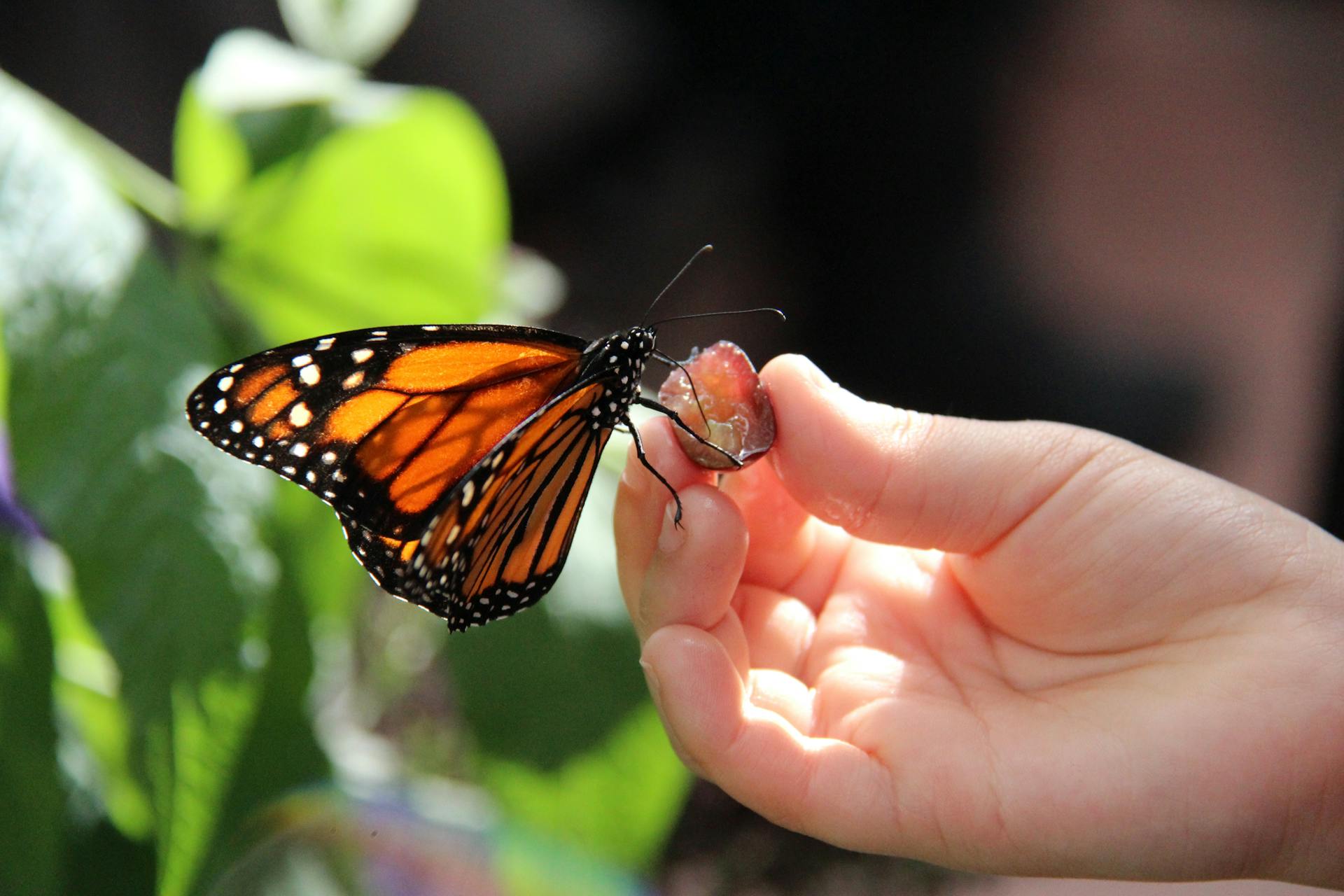Chiang Mai, Thailand
In a quiet corner of an elephant sanctuary in northern Thailand, something extraordinary unfolded last week: a 20-year reunion between a retired elephant and the woman who once cared for him as a calf. The moment, captured in a short video now circulating online, has reignited public fascination with the emotional depth and memory capacity of elephants. And perhaps, with the idea that some bonds never truly dissolve.
A Memory That Waited Two Decades
The elephant, named Khamdee, was rescued as a baby from a logging camp in the early 2000s. At the time, he was malnourished, skittish, and prone to sudden panic, especially around loud machinery and unfamiliar voices. A young veterinary assistant named Yuriko Masuda, then volunteering at the sanctuary as part of a postgraduate field program, spent nearly two years helping him recover.
She fed him by hand when he refused to eat, slept near his enclosure during thunderstorms, and reportedly sang to him in Japanese during medical treatments to calm his breathing. Staff at the time described their bond as “unusual in its softness,” not just handler and animal, but something closer to co-survivors.
When Khamdee was later relocated to a larger reserve in Laos, the two lost contact. Masuda returned to Japan, eventually leaving veterinary work behind to pursue translation and literary editing. When she was invited back to the sanctuary last month for a documentary project on human-animal bonds, she assumed the visit would be purely observational.
She didn’t expect to see Khamdee again. She certainly didn’t expect him to recognize her.
“Elephants Never Forget.” But What Does That Mean?
As Masuda approached the enclosure, Khamdee reportedly froze mid-step. He emitted a low and subtle, but sustained rumble, and extended his trunk toward her, brushing her shoulder with a gentleness that staff described as “deliberate, not exploratory.” Moments later, he trumpeted, startling nearby birds and causing one staff member to drop a clipboard.
Masuda wept. So did one of the keepers. The video, now viewed over 2 million times, shows her whispering “Khamdee?” as he leans his head toward her, eyes half-closed.
Experts say elephants possess remarkable long-term memory, especially for individuals who played significant roles in their early life. But this case, two decades, no contact, and a cross-border relocation, has prompted renewed interest in how elephants encode emotional memory.
Dr. Somchai Rattanakul, a behavioral ecologist at Chiang Mai University, commented: “We often say elephants never forget, but we rarely ask what they remember. It’s not just faces. It’s safety, tone, rhythm. It’s the feeling of being seen.” He added that elephants may associate certain humans with emotional states rather than specific events, meaning that recognition is not just cognitive, it’s affective.
A Gentle Reintroduction
After the initial recognition, Khamdee reportedly followed Masuda around the sanctuary for the remainder of her visit. He stood beside her during interviews, nudged her gently when she paused near his old feeding station, and once placed his trunk across her lap while she sat on a bench.
Staff noted that he displayed behaviors typically reserved for bonded herd members, slow blinking, synchronized walking, and what one keeper called “emotional leaning,” where an elephant subtly shifts its weight toward a trusted companion.
Masuda, now working as a translator for environmental documentaries, said: “I didn’t think he’d remember me. I barely remember myself from that time. But he did. And somehow, that makes me feel more real.” She later added that the reunion felt “less like being remembered, and more like being re-invited into a memory I didn’t know was still alive.”
The Emotional Architecture of Animals
This reunion is not the first of its kind. In 1999, two elephants named Shirley and Jenny were reunited after 23 years apart, having briefly performed together in a circus. Their reaction—trumpeting, touching, and immediate bonding—was documented by sanctuary staff and remains one of the most cited examples of elephant memory in captivity.
What makes Khamdee’s case unique is the length of separation, the absence of shared trauma, and the fact that the human involved had no expectation of being remembered. It raises quiet questions: What do animals carry with them? What do they choose to keep? And what does it mean when they offer it back?
Researchers are now considering longitudinal studies on elephant-human memory bonds, not just for scientific insight, but for what they might teach us about continuity, care, and the emotional residue of kindness.



